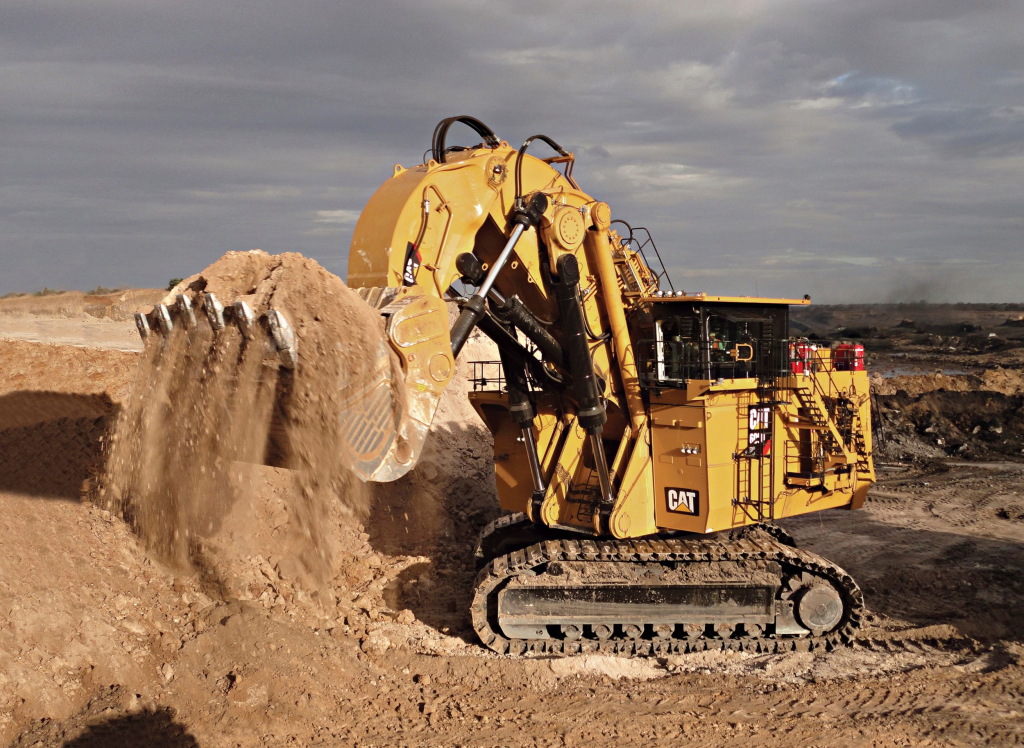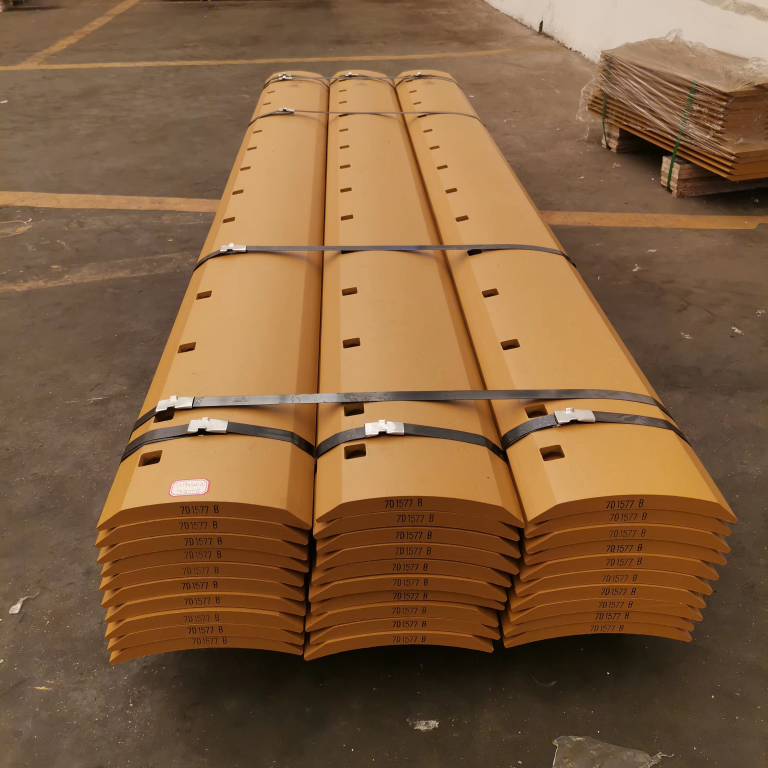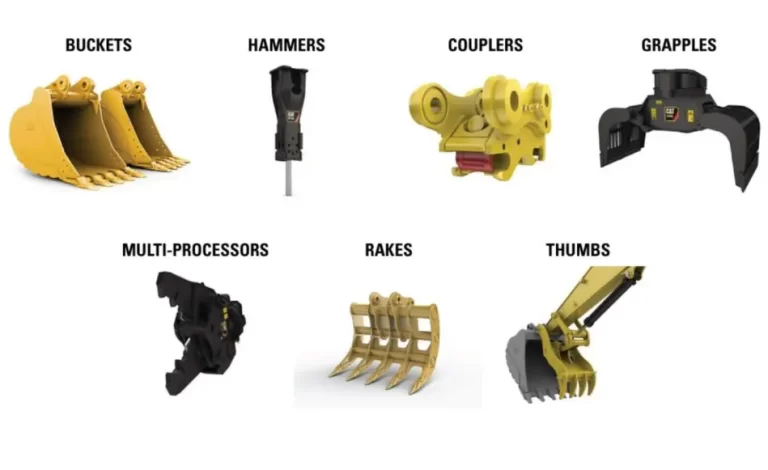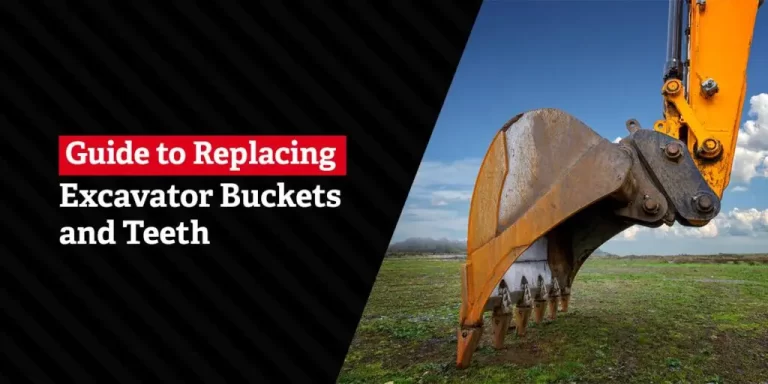Exploring the World’s Largest Excavator Attachments

Biggest Excavator Bucket
In the world of heavy construction equipment, excavators reign supreme when it comes to raw power and material-moving capacity. And the bucket attachment – the business end of the excavator – is what truly defines the machine’s earthmoving capabilities.
While the average full-size excavator bucket might hold 1-2 cubic yards of material, the largest excavator buckets in the world can measure up to an astounding 60 cubic yards or more. These colossal buckets are built to match the immense scale and might of the largest excavators on the planet.
Let’s take a closer look at some of the biggest and most impressive excavator buckets ever created.
Liebherr R 9800 Bucket – 59 Cubic Yards

The current record holder for the world’s largest excavator bucket belongs to Liebherr, the renowned German heavy equipment manufacturer. Designed for their flagship R 9800 mining excavator, this bucket boasts an incredible 59 cubic yards of capacity.
To provide some context, this bucket could scoop up over 5 mid-size sedan automobiles in a single load. Weighing in at over 22 tons, the R 9800 bucket requires the immense 800-ton operating weight and 2,400 horsepower of the R 9800 excavator to be lifted and operated effectively.
Caterpillar 6090 FS Bucket – 54 Cubic Yards

Not to be outdone, Caterpillar offers an equally massive 54 cubic yard bucket for their 6090 FS mining excavator. This gargantuan attachment measures over 16 feet wide and stands nearly 10 feet tall.
Designed for high-production mining applications, the 6090 FS bucket is built with an extremely durable steel body and reinforced edges to withstand the rigors of demanding jobsites. Its sheer size and weight make it one of the most formidable excavator buckets in the world.
Komatsu PC8000 Bucket – 56 Cubic Yards

Rounding out the top three is Komatsu’s massive 56 cubic yard bucket for their PC8000 mining excavator. This bucket’s impressive capacity is matched by its immense physical size, weighing in at over 24 tons.
To support the weight and forces involved, the PC8000 bucket features a robust, heavily reinforced design. It’s an essential tool for the PC8000’s 800-ton operating weight and 3,550 horsepower engine.
These record-breaking excavator buckets represent the pinnacle of earthmoving technology. Built to tackle the largest-scale mining, quarrying, and infrastructure projects, they exemplify the incredible power and capabilities of modern heavy equipment.
While most excavators will never require buckets of this gargantuan size, it’s fascinating to see the extreme limits of what’s possible in the world of construction machinery. The biggest excavator buckets are true engineering marvels, pushing the boundaries of what can be moved and relocated by a single machine.



